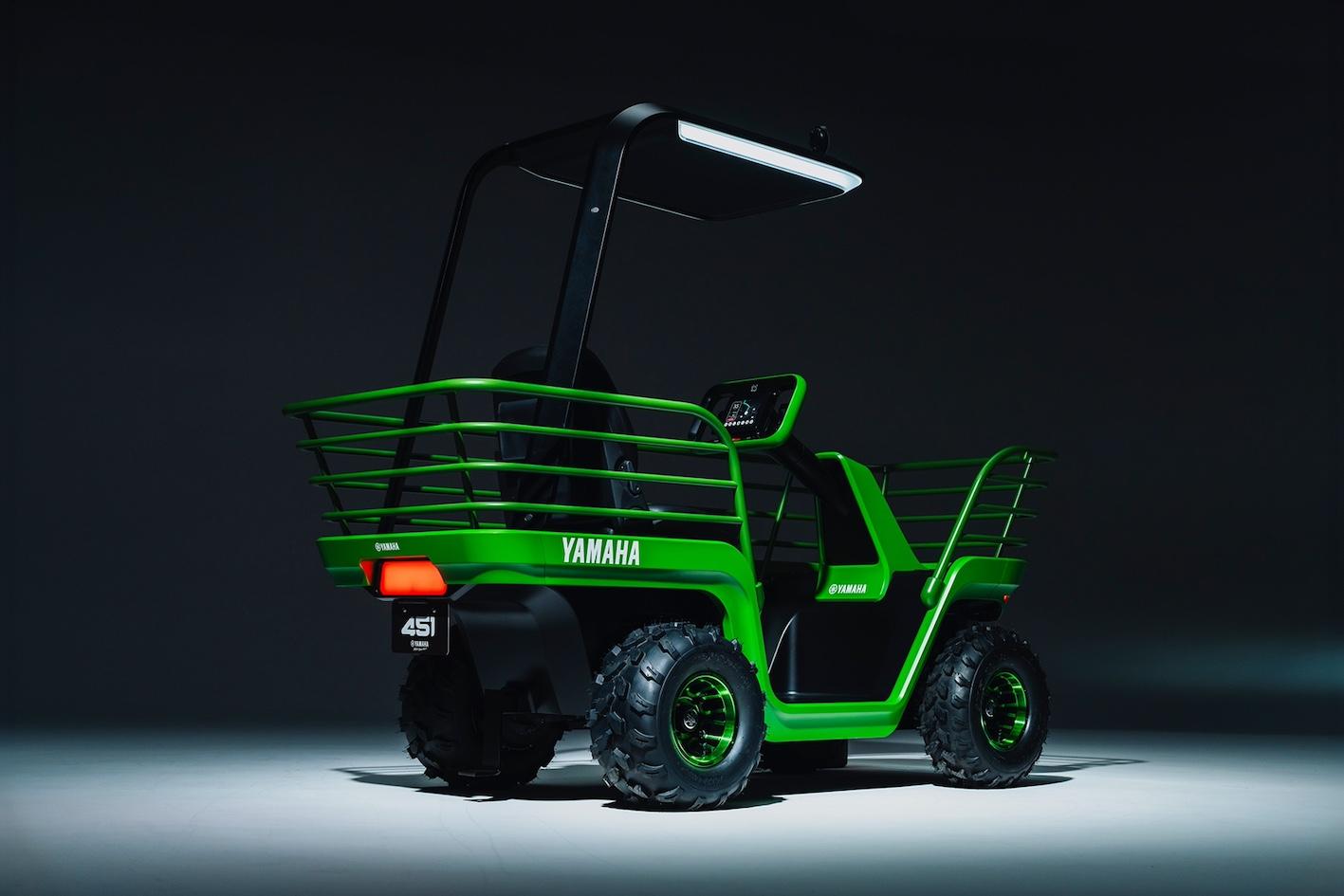“Concept 451”: Merging Design by Generative AI with Yamaha Motor’s Expertise
What direction will future mobility design take? What synergies arise when combined with Yamaha Motor’s extensive expertise and resources?
Based on these major questions, Yamaha Motor and our startup, Final Aim, joined forces to create a prototype EV mobility vehicle for agriculture, “Concept 451,” utilizing both generative AI and blockchain technology. This project not only produced a unique design but also introduced new processes and management methods that reveal part of the answer to these questions.



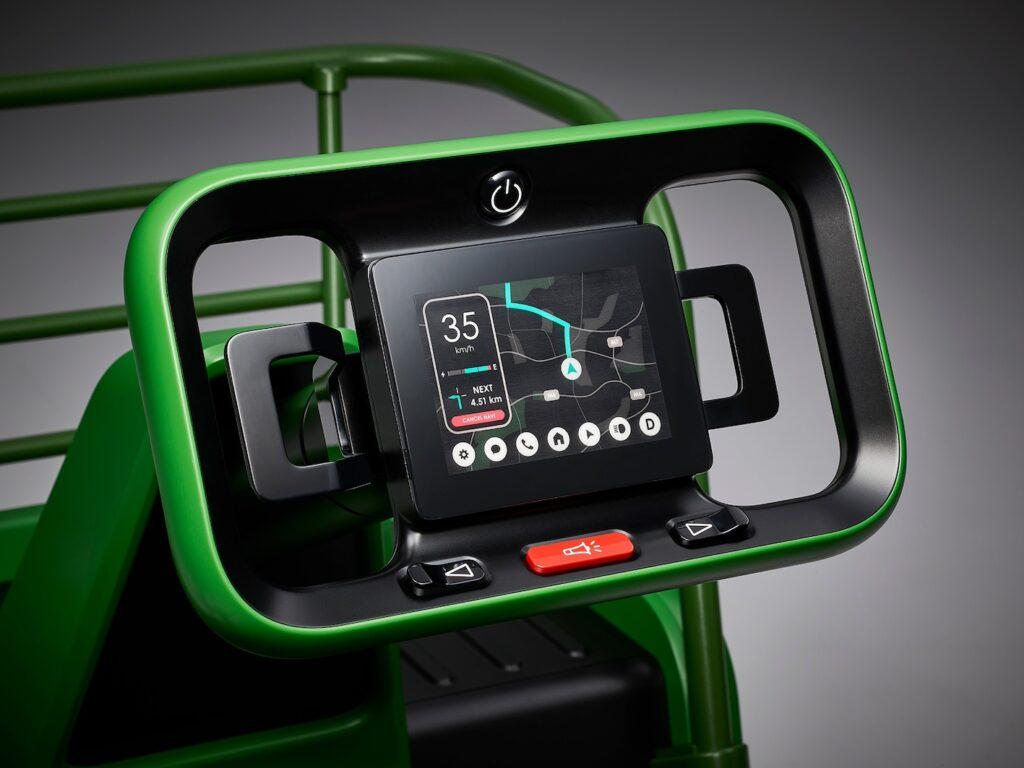
DIAPASON: Yamaha Motor’s Multi-Purpose EV Platform with Transformative Power
“DIAPASON” is a low-speed EV platform for one to two passengers that Yamaha Motor unveiled in 2023 as part of the “YAMAHA MOTOR PLATFORM CONCEPT.” This platform, designed for urban and rural applications, leverages Yamaha Motor’s engineering prowess to support modular vehicle bodies and detachable batteries, making it highly adaptable.
Together with our co-creation partners, we aim to produce compact, low-speed EV mobility that does not require a regular driver’s license, while meeting the diversified needs in vehicle development.
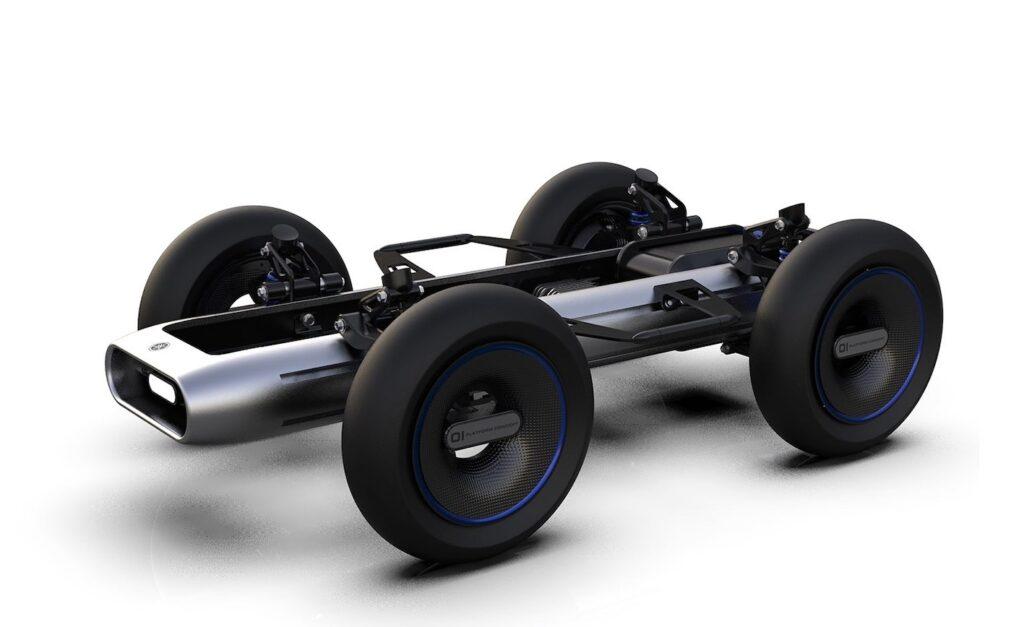
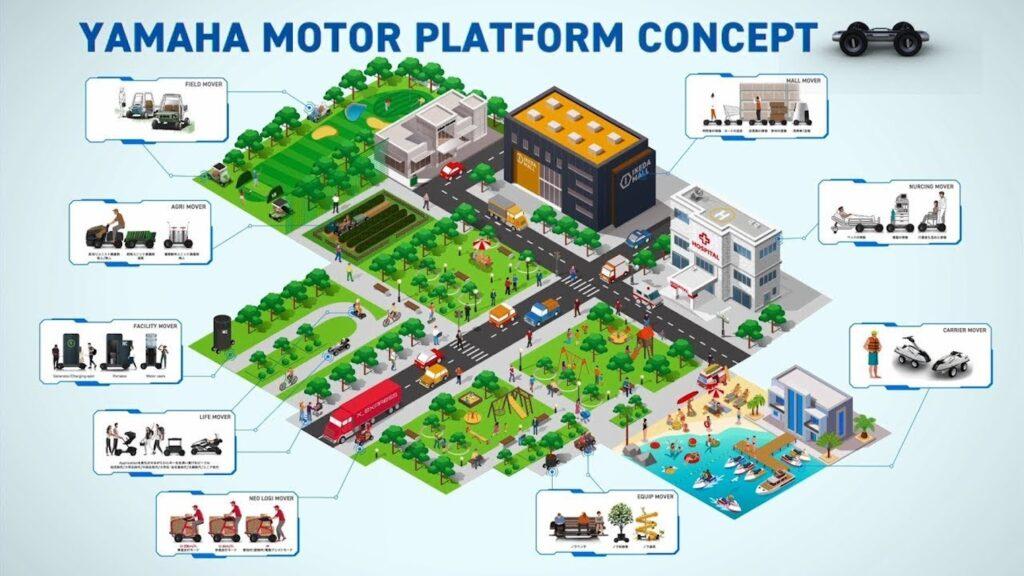
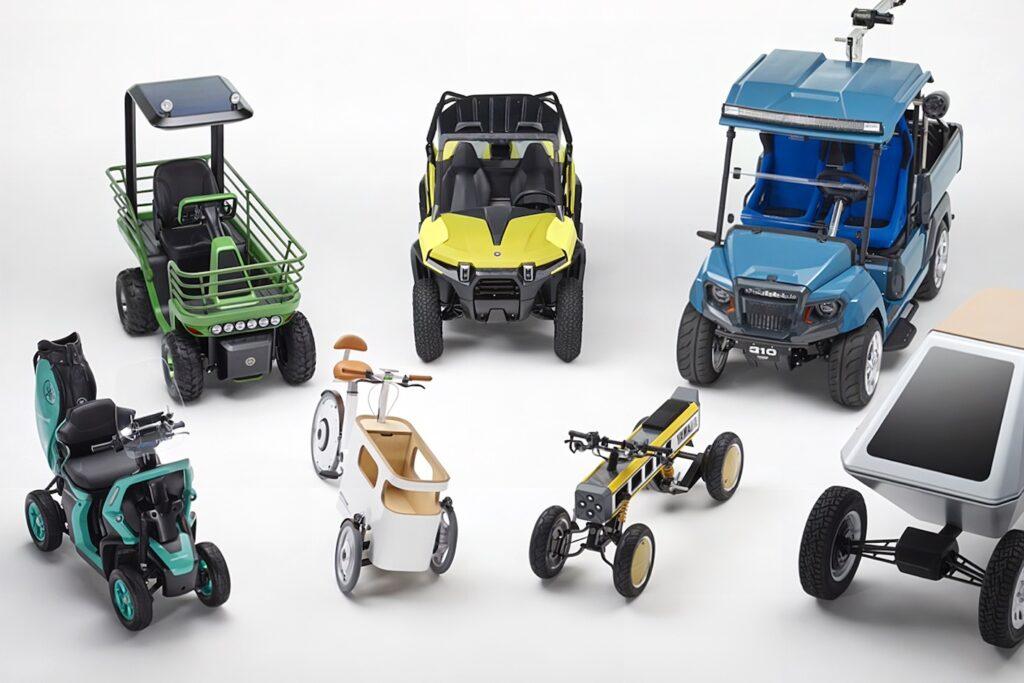
What is Generative AI? The Impact on Design
As an initiative based on this new platform, we regarded it as a unique opportunity to test unprecedented approaches and technologies with a mid- to long-term view, setting design with generative AI as a primary goal from the early stages of the project.
Generative AI is a technology that automatically generates new content or designs based on large amounts of data. Unlike traditional AI, which is rule-based and performs programmed tasks efficiently or identifies large data patterns, generative AI is distinct in that it produces creative output.
Because of this difference, generative AI can go beyond mere analysis or prediction to generate text, images, videos, sounds, and other data, thereby proposing entirely new ideas and designs.
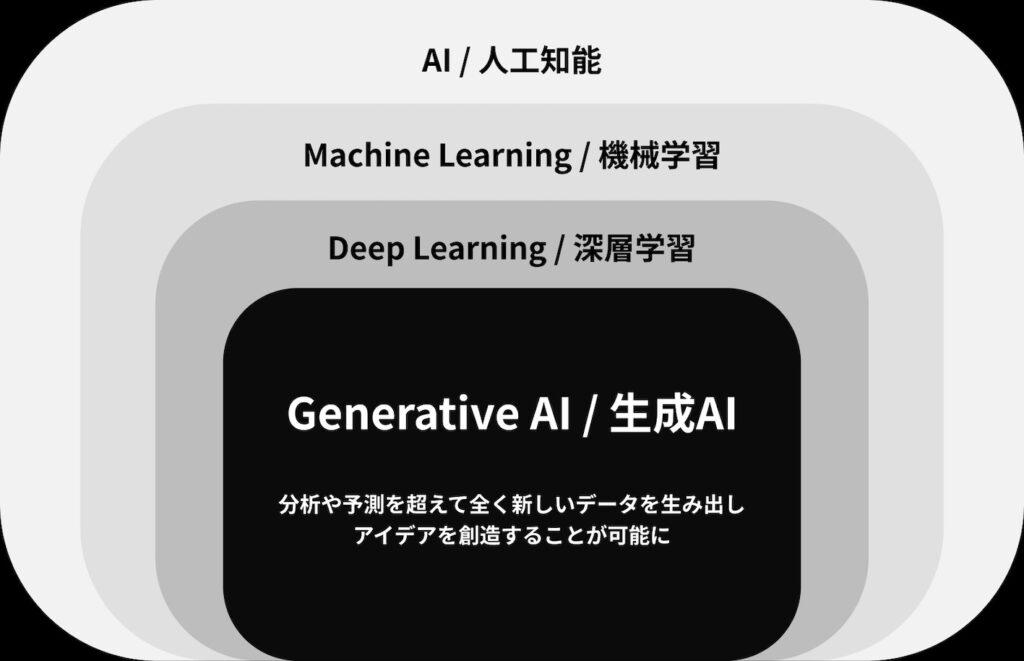
The user interface for generative AI has become more intuitive, allowing even those unfamiliar with AI, such as beginner users and designers, to generate images from scratch or create high-quality renderings with idea expansion from simple sketches using natural language prompts. There’s no need to rely on specialized programming languages, and the ability to control AI through an intuitive UI has exploded in recent years.
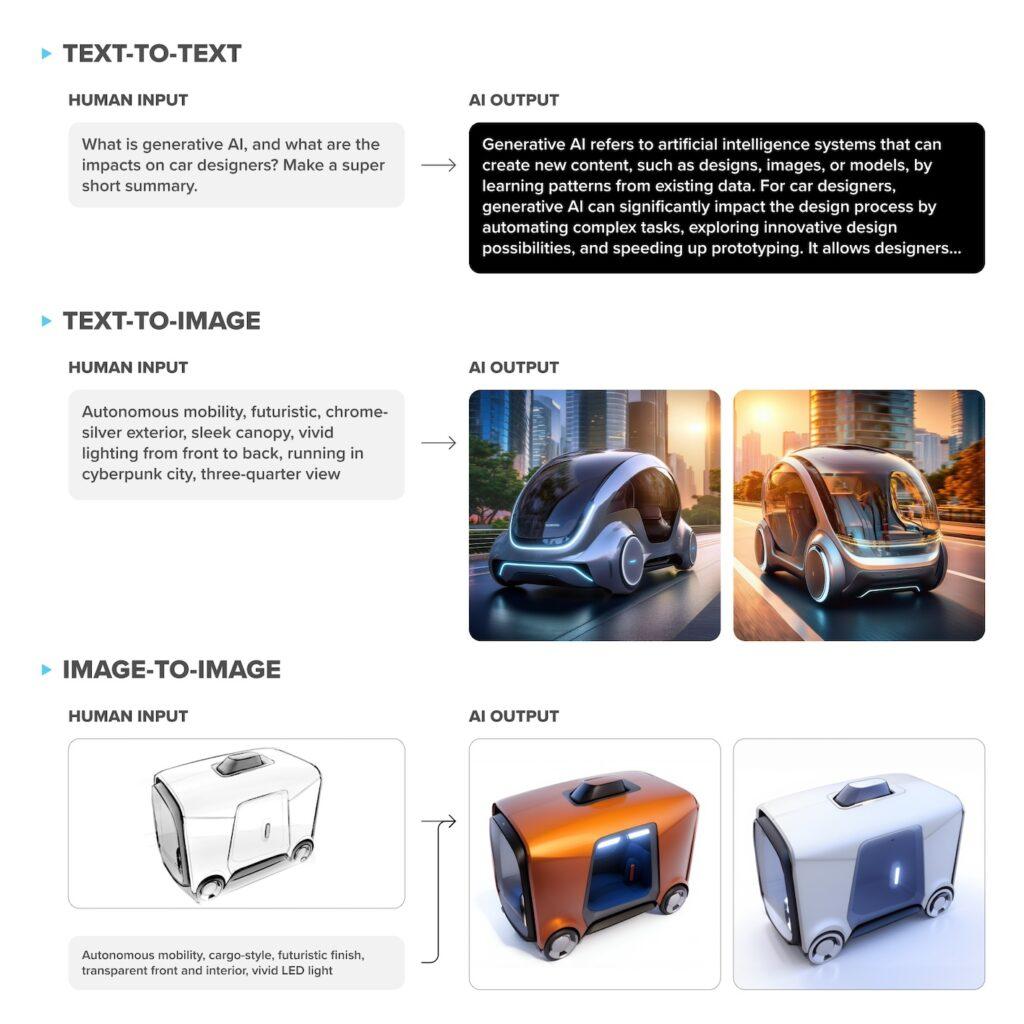
However, challenges have also been identified, particularly the new hurdles it introduces regarding intellectual property rights. The design industry and designers must now respond to the handling of copyright, design rights, and trademark rights in generative AI-based designs. While generative AI is pioneering the future of design, it also necessitates that designers adopt a new perspective on managing and protecting intellectual property.
In this project with Yamaha Motor, we tackled these issues, enabling the safe and open use of generative AI in design.
The Potential of Generative AI in Mobility Design
To reiterate, the impact of generative AI on design is enormous, as it has the potential to transform traditional design processes fundamentally by generating a vast number of design ideas within a short period. Furthermore, generative AI can suggest innovative designs unhindered by human imagination, supplementing designers’ creativity and supporting the development of groundbreaking products.
Generative AI may also create open opportunities for not only car designers but also for players and designers who haven’t previously been involved in mobility design, allowing new participants in vehicle design.
By combining the Yamaha Motor platform “DIAPASON” and generative AI as a new “tool” for design, we undertook this project with an eye on exploring such future possibilities.
In the next article, I’ll introduce the detailed design process.

![by Car Styling [カースタイリング]](https://motor-fan.jp/wp-content/uploads/2025/04/carstyling-jp_logo.png)
